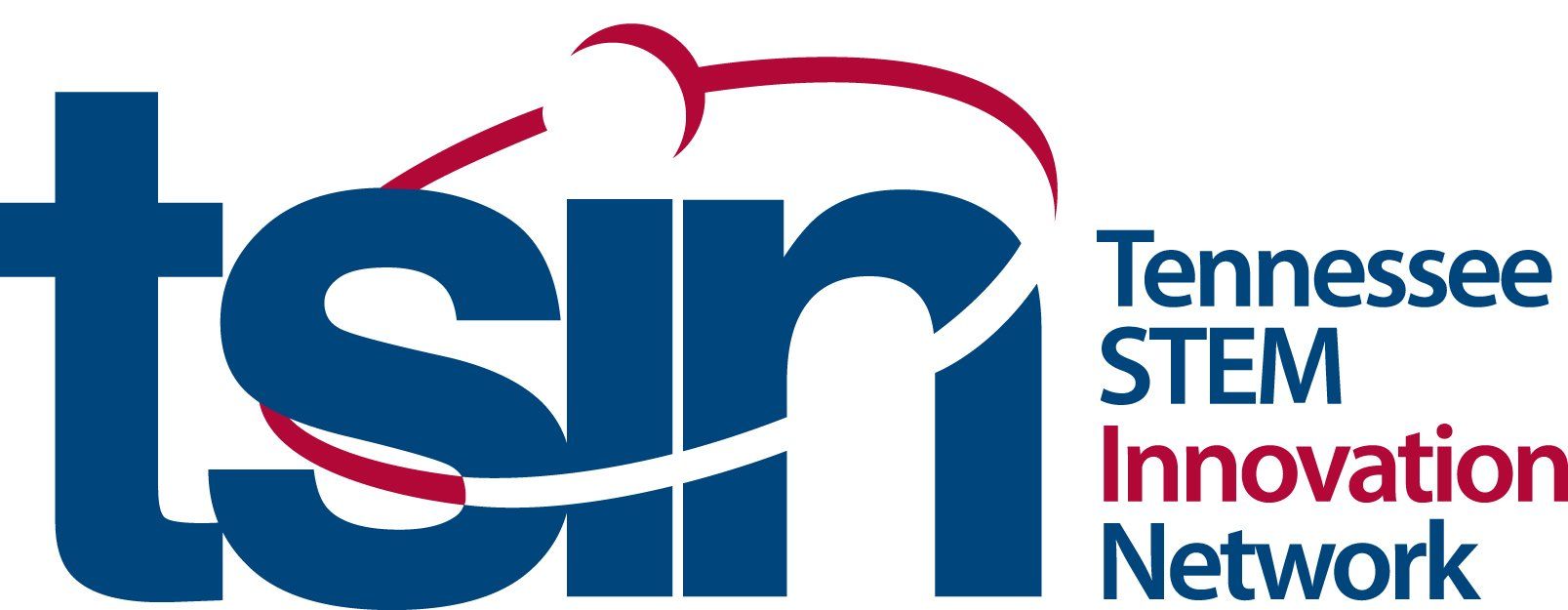#MakerMondayTN
Monday, April 20
Start a Smile Challenge
Start a Smile Challenge
During this time of school closures and social distancing, it can be a challenge to feel connected to your friends, families, and communities.
Your challenge is to invent a way to help someone feel appreciated. The person must be separated from you physically or at a distance of 20 feet to prevent spread of Covid-19.
Step 1:
Watch the Challenge Launch
video.
Step 2: Collect items around your house to help with the design. Use the Engineering Design Process Guide
to help you map out your design and then prototype, test and improve your solution.
Step 3:
Write a short (150 words or less) essay describing your solution and how it will make someone smile while maintaining distance.
Step 4:
Upload a photo of your design and your short essay to the Start a Smile contest page. Learn more and submit a photo and short essay of your solution to the challenge site below.
Step 5:
Ask your parents to share your design and essay on social media using #MakerMondayTN and #LearningInPlaceTN!
Additional Resources:
Monday, April 27
Design a Lifejacket Challenge
Design a Lifejacket Challenge
When building ships and submarines, engineers need to know the density of materials to make sure their structures float.
Today, your challenge is to design a life-jacket to allow a common household object to float.
Step 1: Test six household objects to determine which types of objects sink and float. Complete the Float or Sink Exploration document. What do you notice about the objects that sank? What do you notice about the objects that floated?
Today, your challenge is to design a life-jacket to allow a common household object to float.
Step 1: Test six household objects to determine which types of objects sink and float. Complete the Float or Sink Exploration document. What do you notice about the objects that sank? What do you notice about the objects that floated?
Step 2: Select one of the objects that sank.
Step 3:
Design a "life jacket" for the object that sank and see if you can keep it afloat. Use the Engineering Design Process Guide
to map out your ideas and test and improve your idea.
Step 4: Ask your parent or teacher to share a picture or video of your life jacket design on social media using #MakerMondayTN and #LearningInPlaceTN!
Monday, May 4Design a Bird Feeder Challenge
Bird feeders allow people to study birds and provide food for birds when their source is limited.
Your challenge is to design a bird feeder designed to feed and protect birds that are local to your community.
Step 1:
Select a bird that is native to Tennessee using the Tennessee Wildlife Resources Agency website.
Step 2:
Read about your selected bird's habitat, diet, and unique physical features.
Step 3: Using the
Engineering Design Process Guide, plan and create a bird feeder to feed your selected bird species. For the creation, use items you have around your house. Consider how you will attract the bird to your feeder, hold the feed, and keep other species from stealing the food.
Step 4: Put fruit, seed, or anything else you may have in the feeder and set aside 30 minutes to observe the feeder. Did the birds come and feed? Why or why not? How could you improve your design to better attract and feed your bird species.
Step 4: Put fruit, seed, or anything else you may have in the feeder and set aside 30 minutes to observe the feeder. Did the birds come and feed? Why or why not? How could you improve your design to better attract and feed your bird species.
Step 5: Ask your parent or teacher to share a picture of your bird feeder design on social media using #MakerMondayTN and #LearningInPlaceTN!
Additional Resources:
National Geographic Bird Bios
Bird Beak Adaptation Video
Additional Resources:
National Geographic Bird Bios
Bird Beak Adaptation Video
Monday, May 11
Design a Marble Roller Coaster Challenge
Engineers that build subways, trains, or theme park rides need to understand the science behind their creation. How fast and high can the ride go while still ensuring the safety of the passengers?
Your challenge is to design a roller coaster for a marble with several chutes, turns, and a high elevation (height). The key is to ensure that the passengers (marble) makes it through the roller coaster without falling off. If you do not have a marble at home, you could design a roller coaster for any other round object (ball, piece of fruit).
Step 1:
Review the Marble Coaster Rubric. How can you design your marble coaster to achieve "accomplished" on all components? If you were designing a roller coaster for a theme park, the park operators might have requirements similar to these.
Step 2:
Collect items around your house you can use to build your coaster. Use the Engineering Design Process Guide
to help you map out your design and then prototype, test and improve your solution.
Step 3:
Compare your coaster to the rubric. Did you meet all of the requirements? If not, what could you do to improve your coaster?
Step 4: The park operators have requested that you make the ride a little slower so that it's enjoyable for younger kids and adults. What could you do to allow the marble to reach the ground at a slower rate?
Step 5: Ask your parent or teacher to share a picture or video of one of your roller coaster designs on social media using #MakerMondayTN and #LearningAtHome!
Step 5: Ask your parent or teacher to share a picture or video of one of your roller coaster designs on social media using #MakerMondayTN and #LearningAtHome!
Monday, May 18
Design a Self-Propelling Car Challenge
Automobile manufacturers across the world are working to design and build cars that are energy-efficient and emit less pollution into the air, while still allowing the driver to go long distances.
Your challenge is to create a car out of recycled materials that can move on its own without a battery or motor. You also cannot push or pull the car. The goal is to have a vehicle travel at least 15 feet.
Step 1:
Watch the Science Max Rocket Car
video
to learn about the importance of energy efficient cars and explore possible ideas for your challenge design.
Step 2:
Collect materials around your house that can be used to build your car and propel it forward.
Step 3:
Use the Engineering Design Process Guide
to help you map out your design. What method have you selected to propel the car forward? How can you make it aerodynamic enough to travel 15 feet?
Step 4:
Test your car's design to see if it is propelled 15 feet. If so, can you make it go faster? If not, what changes can you make to help propel the car forward or be more aerodynamic?
Step 5: Ask your parent or teacher to share a picture or video of your car design on social media using #MakerMondayTN and #LearningAtHome!
Additional Resources:
Transportation Systems of the Future
Transportation Systems of the Future
Monday, May 25
Design a Board Game Challenge
During this period of social distancing and quarantine, board games are a great way to engage with your family or virtually with your friends!
Your challenge is to design a board game that can be played either in-person with your family or virtually with a friend.
Step 1: Watch the 10 Steps to Design a Board Game
video
from Jamey Stegmayer, a professional board game designer. What STEM skills and habits do you see in these steps?
Step 2: Design and write down your game's objectives and rules. Think through the following questions:
-How many players can play at one time?
-How many players can play at one time?
-How do you move forward or advance in the game?
-Is it a collaborative or competitive game?
-If it's competitive, how does someone win the game? If it's collaborative, how does the team know they are finished?
Step 3:
Gather materials needed for your design. Think through what materials could be used for the board and the pieces. Use the Engineering Design Process Guide
to help you map out your design.
Step 4:
Setup your board and have a family member test your prototype.
What did they like about your game?
What did they think could be improved upon? Redesign your board game using their feedback and challenge family members (in-person) or friends (virtually) to a game night!
Step 5: Ask your parent or teacher to share a picture or video of your game design on social media using #MakerMondayTN and #LearningAtHome!




